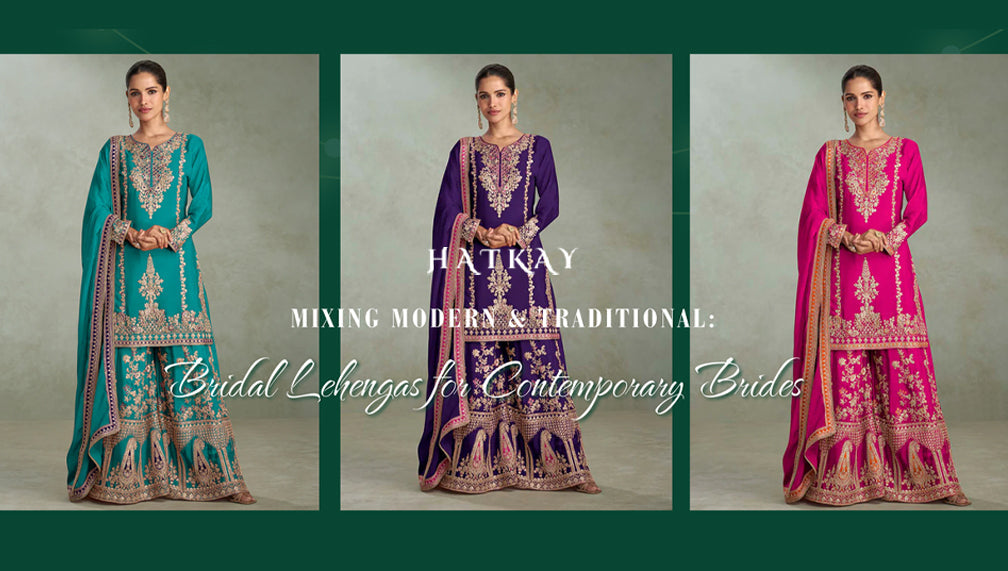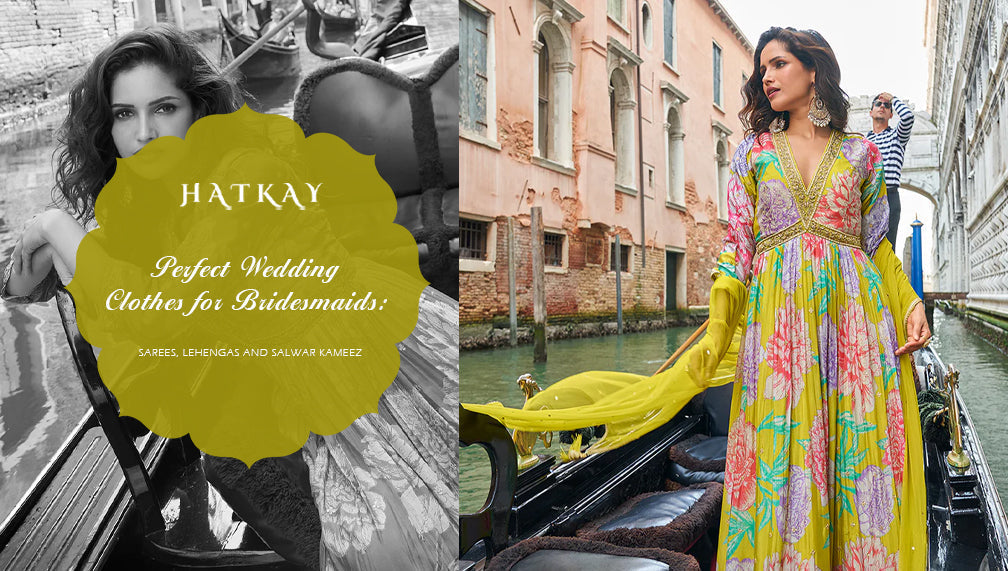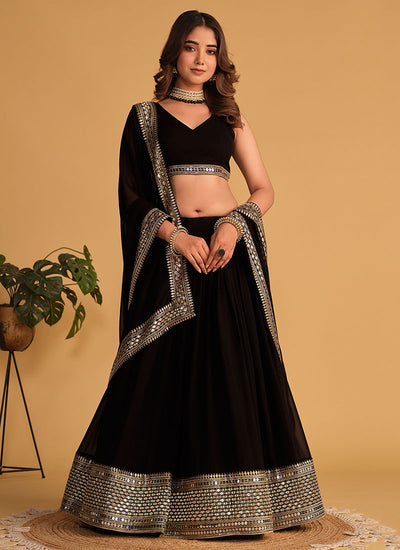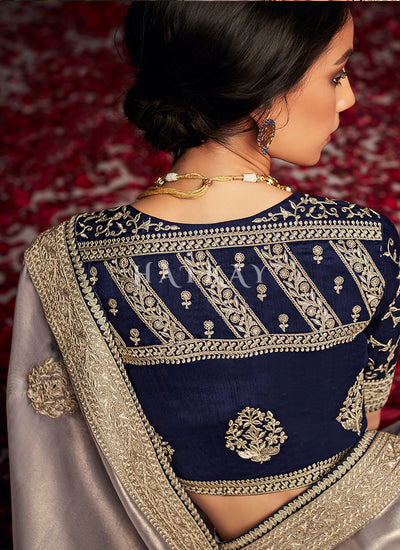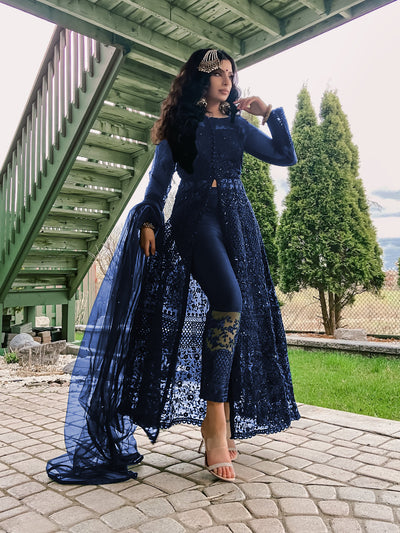
The Evolution of Lehenga Choli: From Traditional to Contemporary
The lehenga choli, a quintessential garment in South Asian fashion, has a rich history and a fascinating evolution. This traditional outfit, celebrated for its intricate designs and vibrant colors, has transformed significantly over the centuries. From its roots in ancient Indian attire to its modern-day iterations, the lehenga choli reflects a dynamic interplay of cultural heritage and contemporary trends.
Historical Roots: The Traditional Lehenga Choli
The lehenga choli has its origins in ancient India, where it was worn by royalty and nobility. In its earliest form, the lehenga was a long, skirt-like garment that draped elegantly over the hips, paired with a fitted blouse (choli) and often accompanied by a dupatta or shawl. This outfit was designed for both functionality and grace, allowing ease of movement while accentuating the wearer's silhouette.
Historically, the lehenga was often made from luxurious fabrics such as silk and brocade, and embellished with elaborate embroidery and beadwork. The choli was usually fitted and cropped, showcasing the midriff and complementing the voluminous lehenga. Traditional lehengas were often worn for special occasions, such as weddings and religious ceremonies, reflecting the wearer's social status and aesthetic sensibilities.
The Mughal Influence: Opulence and Grandeur
The Mughal era had a significant impact on the evolution of the lehenga choli. During this period, the outfit saw an infusion of Persian and Central Asian influences, leading to more opulent and elaborate designs. Mughal rulers and nobility popularized richly embroidered lehengas adorned with gold and silver threads, precious stones, and intricate patterns.
The Mughal influence also introduced new silhouettes and draping styles, enhancing the garment's elegance. The lehenga became a symbol of grandeur, often worn with ornate jewelry and elaborate accessories. This era cemented the lehenga choli's place in Indian fashion history as a symbol of sophistication and luxury.
Colonial Era to Early 20th Century: Adaptations and Innovations
As India entered the colonial period, Western fashion began to make its mark, influencing traditional attire. During this time, the lehenga choli saw subtle changes as it adapted to new tastes and practicalities. The voluminous skirts of the lehenga were occasionally replaced by more streamlined silhouettes, and the choli began to feature varying sleeve lengths and necklines.
The early 20th century brought further modernization. Bollywood cinema played a pivotal role in popularizing new styles of lehenga cholis. Iconic actresses like Madhubala and Meena Kumari showcased lehenga cholis in their films, introducing modern viewers to a range of contemporary designs while still honoring traditional aesthetics.
Contemporary Trends: Fusion and Innovation
In recent decades, the lehenga choli has undergone a remarkable transformation, embracing contemporary trends while maintaining its traditional charm. Modern designers have experimented with fabrics, cuts, and embellishments, creating a diverse array of lehenga cholis that cater to various tastes and occasions.
One prominent trend is the fusion of traditional and modern elements. Designers have introduced lehenga cholis with unconventional fabrics like velvet, georgette, and chiffon, and experimented with innovative cuts such as high-low hems and asymmetrical designs. The traditional choli has also seen variations, including long kurtas and crop tops, adding a modern twist to the classic look.
Another notable trend is the integration of global influences. The lehenga choli has been adapted to include elements from Western fashion, such as peplum tops and layered skirts. These cross-cultural adaptations have expanded the lehenga choli's appeal beyond South Asian communities, making it a popular choice for global fashion enthusiasts.
The Future of Lehenga Choli: A Blend of Tradition and Modernity
As the lehenga choli continues to evolve, its future promises to be a harmonious blend of tradition and modernity. Designers are likely to continue exploring innovative designs while drawing inspiration from the garment's rich history. The lehenga choli's ability to adapt and reinvent itself ensures that it will remain a timeless symbol of elegance and cultural heritage.
In summary, the lehenga choli's journey from its traditional roots to contemporary fashion is a testament to its enduring appeal and versatility. Its evolution reflects broader cultural shifts and the dynamic nature of fashion, making it a cherished garment that bridges the past and the present. Whether worn in its traditional form or with modern twists, the lehenga choli remains a beloved symbol of South Asian heritage and style.

























































